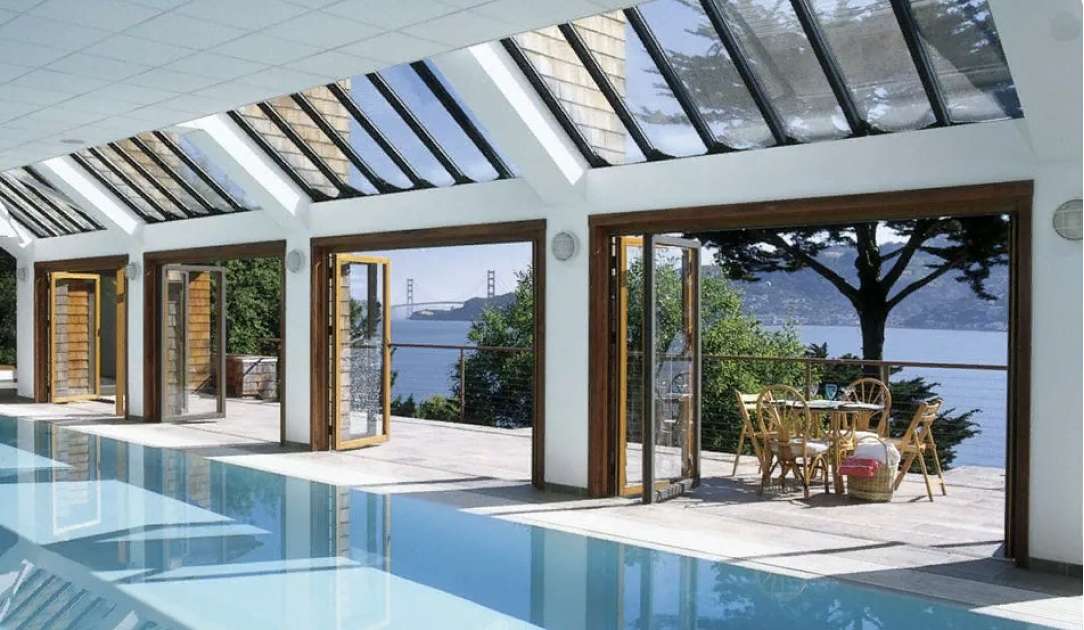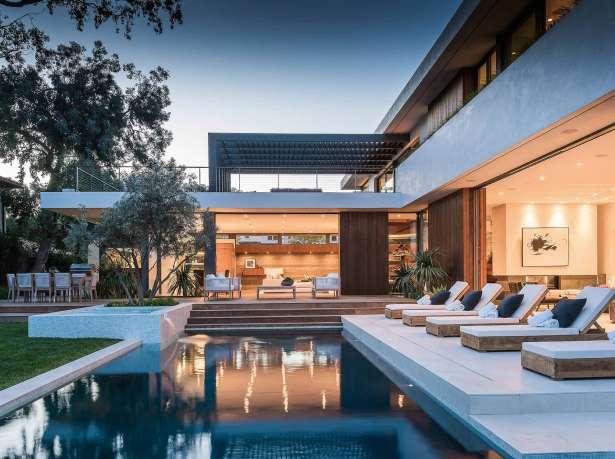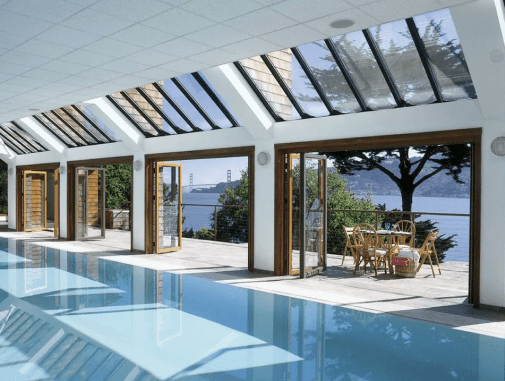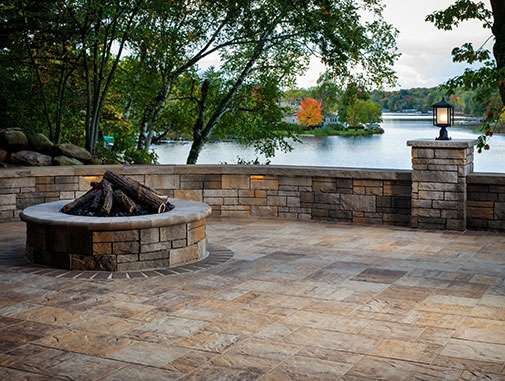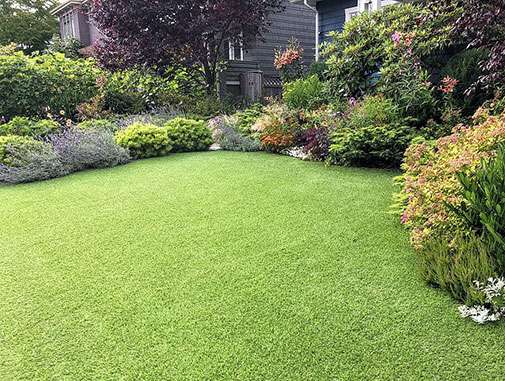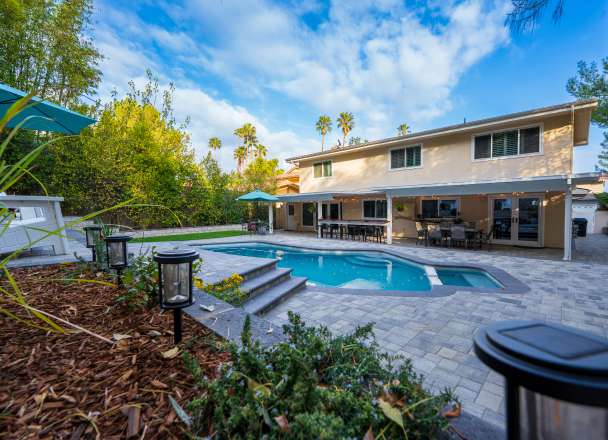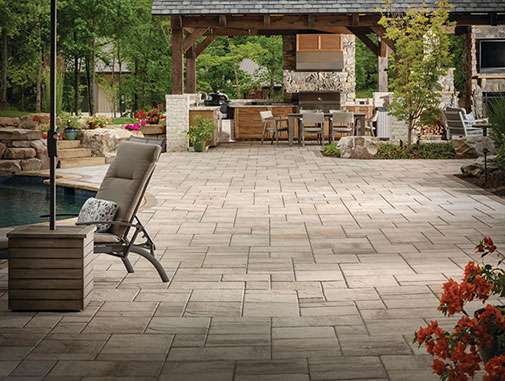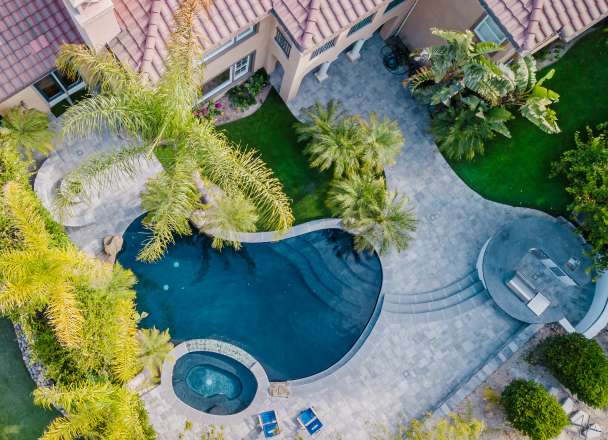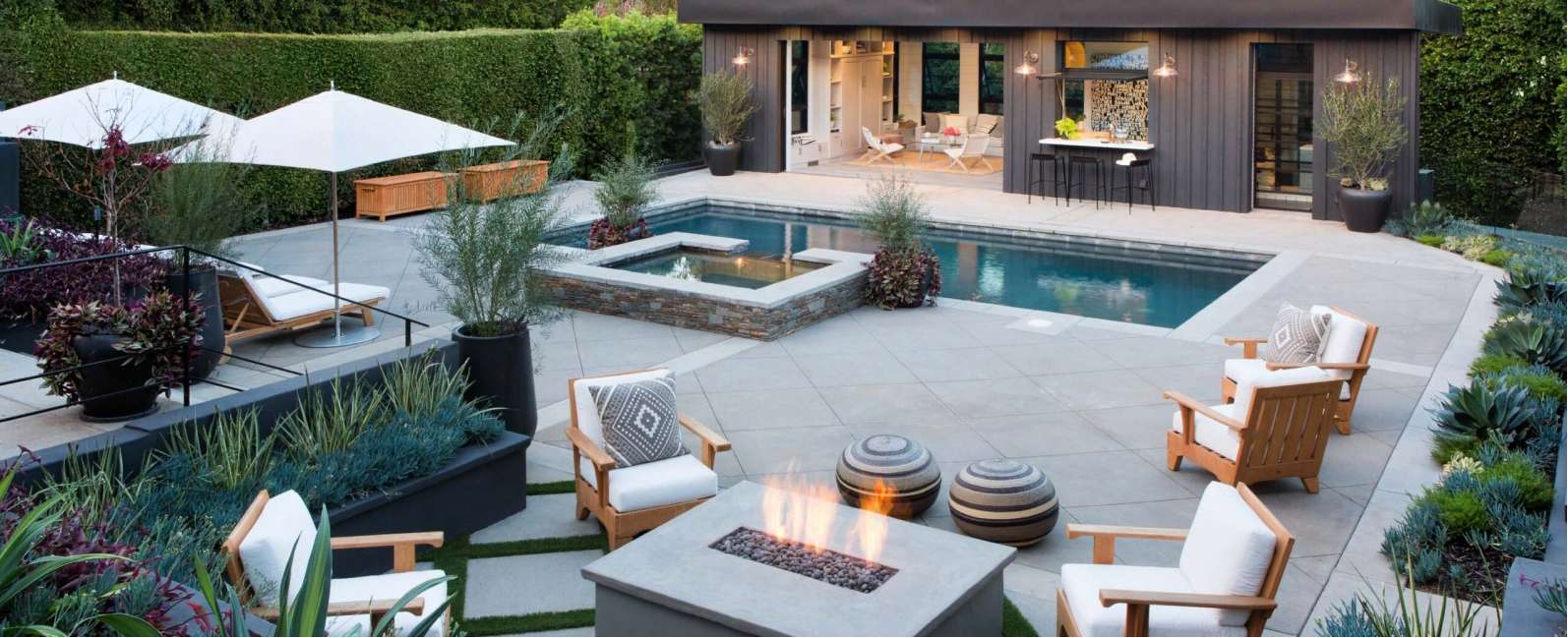Junior ADU Guide: Understanding Types, Benefits, and Costs
- #General Remodeling

- Smooth Plaster Finish
- Shimmering Pebble Finish
Junior ADUs (JADUs) in California are small, separate living units within a primary residence, designed to address housing shortages and provide income opportunities. Costs vary from $20,000 to over $100,000, influenced by design, materials, and local regulations.
Introduction to Junior ADUs
Junior Accessory Dwelling Units (JADUs) are gaining traction in California as practical solutions for housing shortages. These units are created by converting a part of an existing primary home into a separate living area. They are smaller than other Accessory Dwelling Units (ADUs), typically not exceeding 500 square feet, and are known for being more affordable due to shared utilities and existing structures.
Benefits of JADUs include:
- Affordable housing option.
- Increased living space without the need to purchase additional land.
- Potential income through renting out the primary residence.
- Cost savings on regulations and construction.
However, building a JADU comes with challenges:
- They must meet owner occupancy conditions.
- They have size limitations.
- Costs can vary widely, starting from $20,000 and can exceed $100,000 depending on various factors like design and materials.
The state of California supports these developments through programs like the CalHFA ADU Grant Program, providing financial assistance for predevelopment costs. It’s important to understand local rules which can vary; some areas may require specific permits or have different regulations. Always check with local housing authorities to ensure compliance.
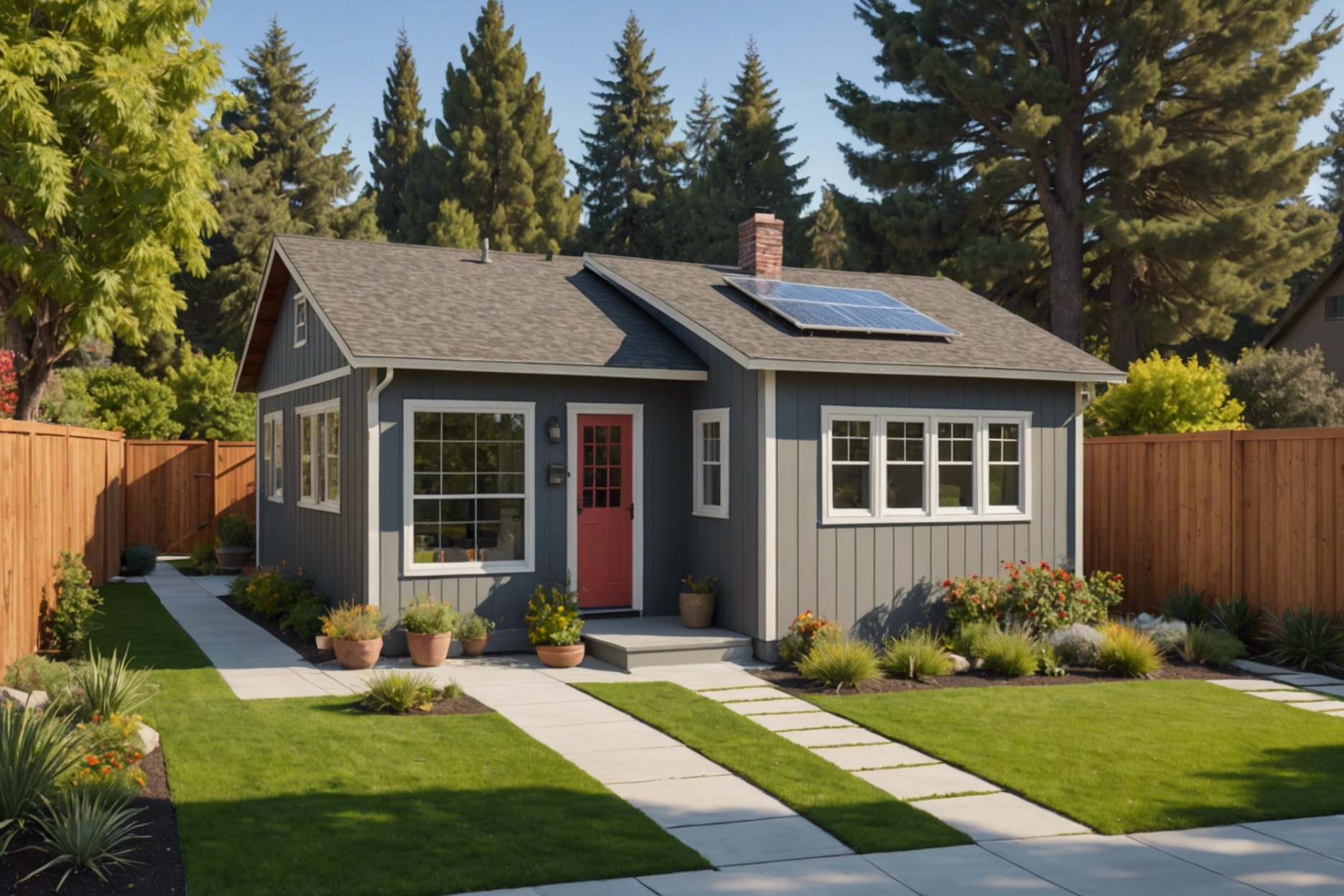
Types and Features of Junior ADUs
Junior Accessory Dwelling Units (JADUs) are a popular housing solution in California, offering a way to maximize space and provide additional living areas within existing homes. These units are typically built within the confines of a single-family home and can range in size from 150 to 500 square feet. Common types of JADUs include:
- Attached JADUs: Created within the main structure of a house, such as a converted primary bedroom or attic.
- Detached JADUs: Standalone structures located on the same property but separate from the main house.
- Garage Conversions: Transforming a part or whole of an existing garage into a JADU, learn more about the process in this guide on converting garages into ADUs.
Features of JADUs generally include:
- Kitchenette: A smaller, simplified kitchen suitable for basic cooking and storage needs.
- Separate Entrance: Most JADUs have their own entrances to ensure privacy and independence.
- Shared Amenities: Some JADUs may share utilities and major home systems like heating and plumbing with the main house.
JADUs are not only cost-effective but also allow homeowners to utilize unused spaces efficiently. They can serve various purposes, such as housing for family members, rental opportunities, or even as a primary residence while renting out the larger home. However, it’s important to understand local regulations and consider factors like size limitations and owner occupancy requirements when planning a JADU.
Benefits, Challenges, and Costs
Building a Junior ADU (JADU) offers several advantages, including:
- Increased Income: Renting out a JADU can provide homeowners with an additional source of income.
- Property Value: Adding a JADU can increase the overall value of your property.
- Affordable Housing: JADUs provide a cost-effective housing option for renters.
However, there are challenges to consider:
- Zoning Laws: Local regulations may affect the construction and use of JADUs. Learn more about navigating the regulations for ADU.
- Financing: Securing funds for construction can be complex. EHD Builders offers financing options to help manage these costs.
Costs associated with building a JADU vary:
- Construction Costs: Typically range from $20,000 to over $100,000.
- Design and Materials: Costs depend on choices in layout and building materials. Explore cost-saving strategies on ADU projects.
- Post-Construction: Includes expenses for appliances and furniture.
For detailed planning and construction services, learn about our JADU services.

FAQ
What is a Junior ADU?
Junior Accessory Dwelling Units (JADUs) are small living spaces created by converting a part of an existing primary home into a separate area. They typically do not exceed 500 square feet and share utilities with the main residence, making them a cost-effective solution for housing shortages, particularly in California.
What are the typical features of a JADU?
JADUs commonly include a kitchenette for basic cooking, a separate entrance to ensure privacy, and shared amenities such as heating and plumbing with the main house. They can vary in type, being either attached to the main house, a detached structure, or a converted garage.
What are the benefits of building a JADU?
The benefits of constructing a JADU include providing affordable housing, increasing the overall living space without purchasing additional land, potentially generating extra income by renting, and boosting the property’s value.
What challenges might one face when building a JADU?
Challenges in building a JADU include navigating zoning laws and owner occupancy requirements, dealing with the financial aspects of construction, and coping with size limitations. Additionally, costs can be variable, influenced by design choices and material quality.
How much does it typically cost to build a JADU?
Building a JADU can cost anywhere from $20,000 to over $100,000. This range depends heavily on factors such as the design, selected materials, and whether the unit is an attachement to an existing structure or a new, standalone unit.
Where can one find financial assistance or grants for building a JADU?
In California, programs like the CalHFA ADU Grant Program offer financial assistance for the predevelopment costs of ADUs. Potential builders should also explore other local grants and financial aid options to manage expenses effectively.
How do local regulations affect the construction of a JADU?
Local zoning laws can significantly impact the construction and use of JADUs. It’s crucial to consult with local housing authorities to understand the specific permits required and ensure compliance with all local regulations.
Can a JADU be used as a primary residence?
Yes, a JADU can serve varied purposes, including being used as a primary residence. Homeowners might choose to live in the JADU while renting out the main house to generate income.
